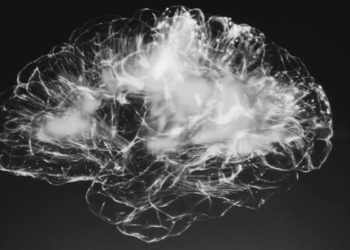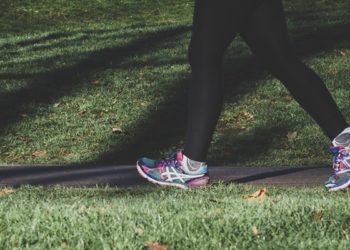Osteopathic manipulative treatment vs sham treatment for patients with nonspecific subacute and chronic low back pain
1. Among patients with nonspecific low back pain, osteopathic manipulative treatment compared with a sham treatment modestly reduces activity limitations associated with back pain at 3 months but has no impact on pain or absenteeism at work.
Evidence Level Rating: 1 (Excellent)
Nonspecific low back pain (LBP) is associated with substantial morbidity worldwide. Osteopathic manipulative treatment (OMT) is frequently offered as therapy, but it has never been compared with sham OMT in a randomized setting. This study is a parallel-group, randomized, single-blind, sham-controlled trial comparing the efficacy of standard OMT with sham OMT for reducing LBP-specific activity limitations at 3 months among patients with nonspecific subacute or chronic LBP. The primary efficacy outcome was the mean reduction from baseline in LBP-specific activity limitations at 3 months as measured by the Quebec Back Pain Disability Index (QBPDI), with scores ranging from 0 (no limitations) to 100 (maximum limitations). In all, 197 patients (mean [SD] age = 48.3 [11.9] years, 58.9% female) were included in the intervention cohort and 197 (mean [SD] age = 47.5 [10.6] years, 60.4% female) in the sham cohort. The mean QBPDI scores for the intervention cohort were 31.5±14.1 at baseline and 25.3±15.3 at 3 months, while in the sham cohort they were 27.2±14.8 at baseline and 26.1±15.1 at 3 months. This corresponds to a mean reduction in LBP-specific activity limitations of -4.7 in the intervention cohort and -1.3 in the sham cohort, with a mean difference of -3.4 in favor of the OMT intervention (95% CI -6.0 to -0.7, p = 0.01). However, among secondary outcomes measured, there was no significant difference between the two cohorts with regards to pain, health-related quality of life (HRQOL), work absenteeism, or use of analgesics and NSAIDs. As such, despite there being a difference favoring the OMT intervention in terms of the reduction in activity limitations with LBP, the clinical relevance of this modest reduction is questionable, given the lack of difference observed in secondary outcomes like pain and absenteeism to work.
Click to read the study in JAMA Internal Medicine
Image: PD
©2020 2 Minute Medicine, Inc. All rights reserved. No works may be reproduced without expressed written consent from 2 Minute Medicine, Inc. Inquire about licensing here. No article should be construed as medical advice and is not intended as such by the authors or by 2 Minute Medicine, Inc.







